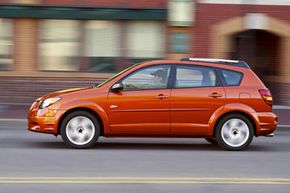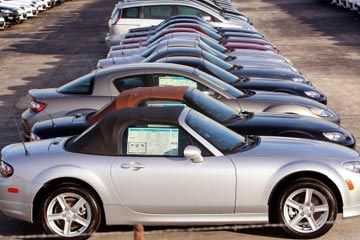You're in the market for a new set of wheels, and you want to make sure the cars you're investigating have a reputation for being reliable vehicles. Once you've exhausted your friends and family with questions, where do you turn for advice? The Consumer Reports Automotive Ratings might be a good place to start.
For these ratings, Consumer Reports looks at data from hundreds of thousands of car owners. It also looks at many different car models and reports separately on models with different engines or trim lines. It works independently from automakers, so it doesn't need to worry about losing advertising sales for giving a vehicle a poor rating. And it interprets its findings without having to report them back to automakers. It reports all the data it collects, not just the data it collects on the cars with the best results.
Advertisement
Unlike J.D. Power's survey based on the first 90 days of ownership and its Vehicle Dependability studies which track 3-year-old vehicles, the Consumer Reports survey asks for subscribers' opinions about their cars over the course of the last 12 months. Starting in 2006, the Consumer Reports survey began rating 10 model years for cars; in other words, it rates a particular model of car from the time when it's brand new to when that same model car is 10 years old. This helps to give a more complete picture of the car's performance throughout the life of the model.
Consumer Reports Automotive Ratings also gives a "projected reliability," which shows how well a new model is likely to perform based on owners' experience with the model over the past three years. The Consumer Reports Automotive Ratings also can help you determine whether to purchase a particular used vehicle. The "used car verdict" offers you a model's reliability in the major trouble spots. This section of the report gives more weight to major problems, since they're more costly to repair.
On the next page, we'll take a look at how Consumer Reports compiles data to come up with the rankings.
Advertisement


